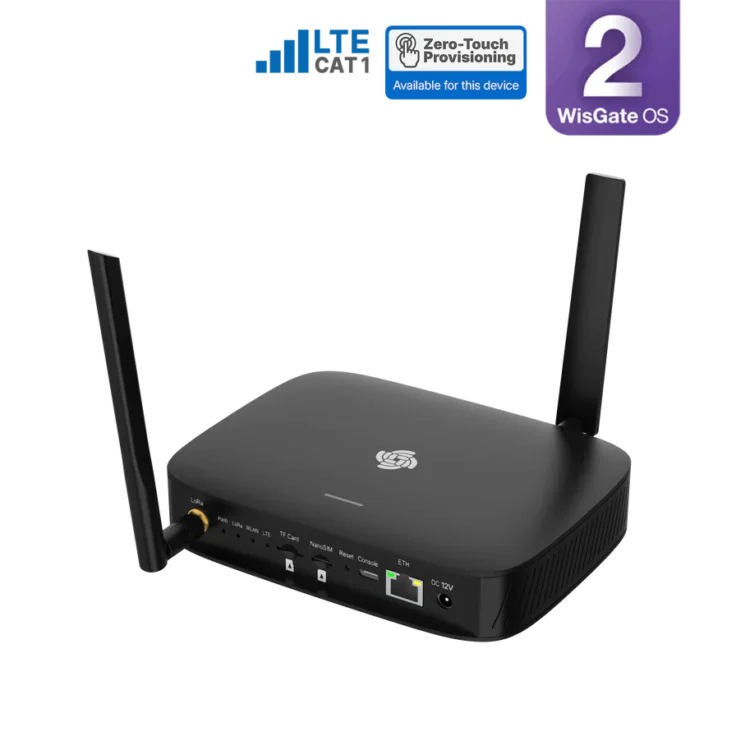Overview
The WisGate Edge Ultra Full-Duplex LoRaWAN Gateway (RAK7285 / RAK7285C) delivers enterprise-grade performance for large, high-density IoT networks. Unlike standard half-duplex gateways, it can transmit and receive simultaneously, cutting latency and increasing throughput—ideal for smart cities, utilities, agriculture, and industrial monitoring.
Its IP67 industrial enclosure, integrated cavity filters, and built-in lightning protection ensure reliability in harsh outdoor conditions. Flexible power (9–36 V DC or 802.3at PoE) and optional LTE backhaul (RAK7285C) simplify installation anywhere.
Key Features
- True Full-Duplex LoRa – 8 concurrent channels for simultaneous uplink and downlink, reducing collisions and boosting network capacity.
- Long-Range RF – Up to 30 dBm transmit power and –139 dBm sensitivity for wide-area communication.
- Industrial Design – Rugged IP67 aluminium housing with surge and lightning protection for all-weather deployments.
- Interference Resistant – Built-in cavity filters suppress out-of-band RF noise for stable performance in busy urban environments.
- Flexible Backhaul – Gigabit Ethernet standard; optional LTE (RAK7285C) for remote or redundant connectivity.
- Power Options – 9–36 V DC input or 802.3at PoE with surge protection and “dying-gasp” last-signal capability.
- Precise Timing – GPS support enables fine timestamping for synchronized networks.
- Robust Software – WisGateOS 2 with built-in network server, packet forwarder, Basics Station mode, VPN/TLS security, and remote management through WisDM.
Technical Highlights
- Channels: 8 full-duplex LoRa
- Processor: MT7628 with 128 MB RAM
- Transmit Power: Up to 30 dBm
- Receive Sensitivity: Down to –139 dBm
- Power Input: 9–36 V DC or 802.3at PoE
- Enclosure: IP67 aluminium, –30 °C to +55 °C operating range
- Dimensions: Approx. 310 × 290 × 146 mm
- Backhaul Options: Gigabit Ethernet; optional LTE (RAK7285C)
- GPS: External antenna support for precise timing
Ideal Applications
Smart-city infrastructure, utility metering, renewable-energy plants, agricultural monitoring, and any high-density IoT network requiring low latency and continuous two-way communication.









